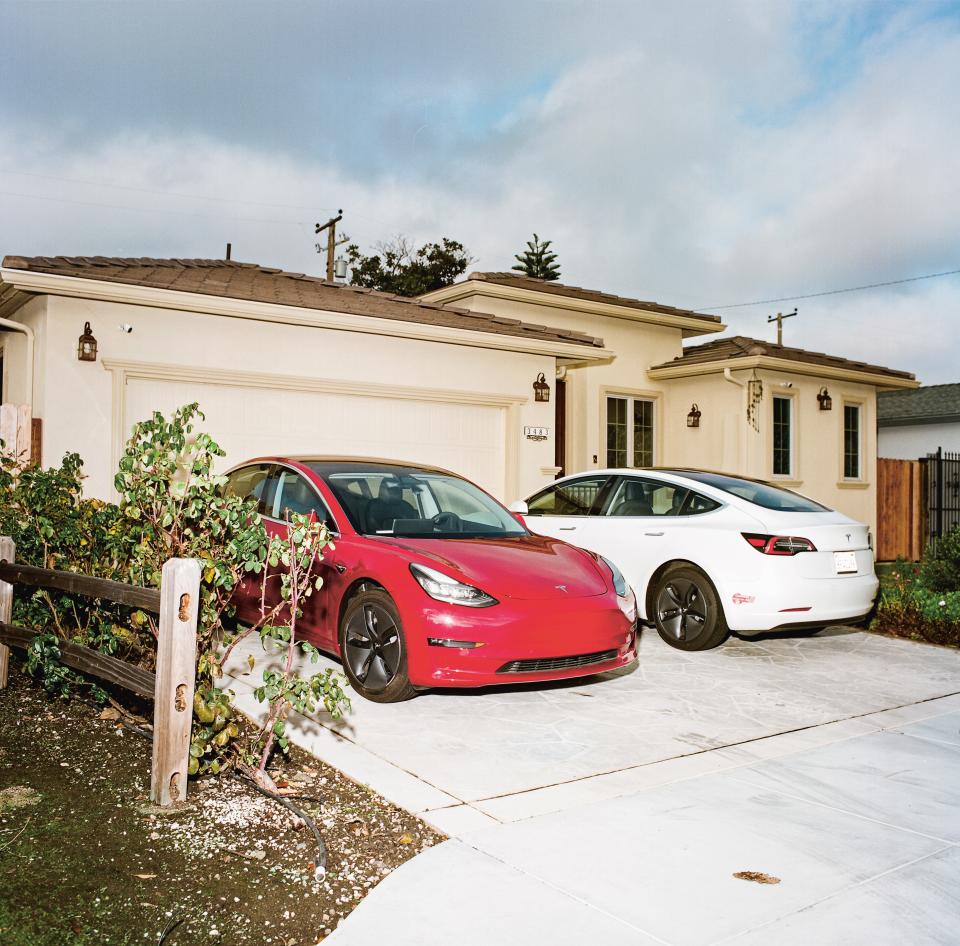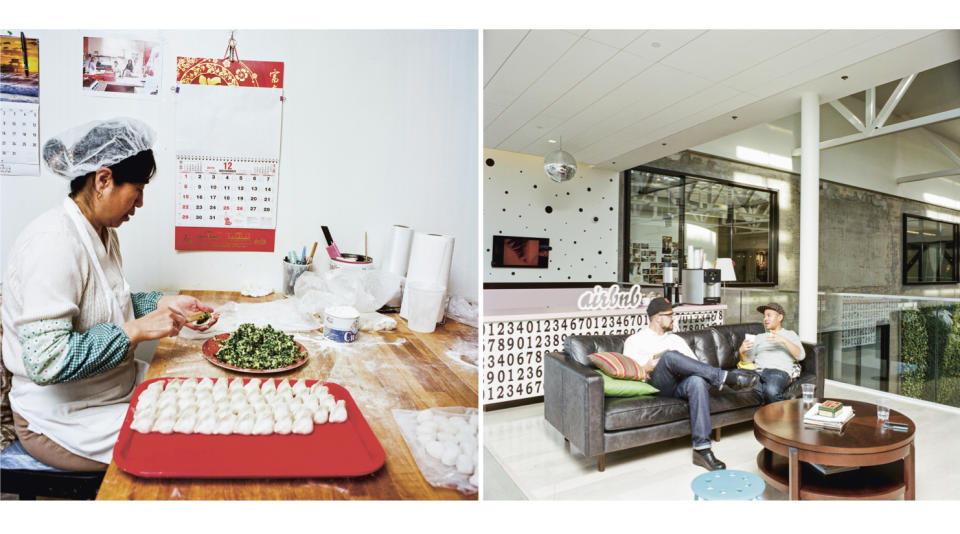Tod’s, Stanford University Host Conversation on Life in Silicon Valley
- Oops!Something went wrong.Please try again later.

MILAN — Tod’s and Stanford University hosted a 90-minute conversation on the nature and evolution of Silicon Valley on Wednesday.
Following the latest project by Tod’s No_Code which was aimed at investigating the daily life in the area, the talk was physically staged at Florentine Palazzo Capponi alle Rovinate housing the Breyer Center for Overseas Studies — which enables Stanford University juniors to study in Italy — with a series of speakers also joining remotely, including Tod’s Group’s chairman and chief executive officer Diego Della Valle.
More from WWD
In his opening remarks, Della Valle underscored the connection between Tod’s No_Code, which he launched in 2018 to blend the brand’s Italian artisanal expertise with research and innovative technology, and the DNA of Silicon Valley.
“When I thought about the No_Code project, the first image in my mind was Silicon Valley’s mood and lifestyle. This is not a product project but a lifestyle project,” he said.
He further shared his thoughts on how lifestyle in general will evolve, saying that “the next step for a quality life is [having] a light life. To do that, we need super simple but very special products to live. In our case, these are shoes, bags and [apparel], but the idea is that your life fits in your suitcase.”
As reported, the latest Tod’s No_Code project culminated with the release earlier this year of the 192-page book “Silicon Valley No_Code Life/A Visual Essay by Ramak Fazel” published by Rizzoli International.
Based on a 10-day trip through Silicon Valley at the end of 2019 — just before the COVID-19 pandemic hit the world — the book is comprised of 128 photos lensed with an analog Rolleiflex camera by Iran-born photographer Ramak Fazel, who was raised between Tehran, Utah and Indiana.
Flanked by Tod’s Group’s men’s collections “Visionary” Michele Lupi, Fazel was part of the panel present in Florence and shared anecdotes behind the collaboration with Tod’s No_Code and his photographs, which demystify and humanize Silicon Valley, offering a new, more everyday perspective on it.
“With No_Code, we were very fascinated about technology and the center of technology in the world, which is Silicon Valley. We were very curious, but from Italy and Europe, it wasn’t very clear which was the real essence and nature of it,” explained Lupi, retracing the beginnings of the initiative. Lupi said the project originated answering to Della Valle’s curiosity about the reality of the area, “what kind of cars people drive there, which restaurants they go to, what they wear and where they live.”
Sharing thoughts and comments on the images in the book, speakers at the event offered a social commentary on the current state of Silicon Valley.

Ramak Fazel/Courtesy of Tod's
“The American dream, this notion of success…has been so intertwined with Silicon Valley and the possibility that it offers, and in a way, the book and photographs complicate that. They show both the success and status but also the difficulties and ways this dream isn’t fulfilled,” said Elizabeth Kessler, lecturer of American studies at Stanford University.
For one, speakers addressed the discrepancy between the fancy cars and modest housing portrayed in the book, which pointed to “the appreciation of technology and love for the machine that automobiles represent” as well as the “ongoing problem of affording a house in California,” Kessler noted.
The way images were paired in the tome also sparked reflections on what jobs and workspaces look like for different individuals, as represented by an image of a lady preparing dumplings by hand opposed to the photograph of two guys caught in a conversation, exchanging ideas on a project.

Ramak Fazel/Courtesy of Tod's
The relationship with nature, the blurred lines between the concepts of leisure and work and disparities in wealth in the area were additional topics discussed at the event.
“If I think: ‘How could this continue to be a land of innovation?,’ teamwork is another major aspect of this,” added Tom Byers, professor of engineering at Stanford. “The myth is that [Mark] Zuckerberg did it all on his own or [Elon] Musk did it on his own, but it’s just not the case, it’s always a team effort,” he continued underscoring the spirit of generosity and penchant for sharing knowledge that define life in the Valley.
In commenting on a picture of a group of men talking in a parking lot appearing next to an image capturing bumper cars, Byers praised this visual combination as he underscored that “teamwork is not all just a nice and sweet thing, there’s this collision of ideas that can get quite heated, and that’s what I try to create in the classroom.”
Lupi offered another consideration regarding the relationship between the analog and digital worlds. “During our time there, I felt this kind of tension between the two,” he recalled, mentioning how at dinners during the trip the conversations focused not only on technological innovations but were also sparked by guests’ curiosity about Tod’s craftsmanship or Fazel’s analog camera.
“We often consider the analogic as the old world and digital as the new world, but also with No_Code, I felt like the challenge was to find a balance between the two. It’s not one opposite the other,” concluded Lupi.
Best of WWD
Sign up for WWD's Newsletter. For the latest news, follow us on Twitter, Facebook, and Instagram.

